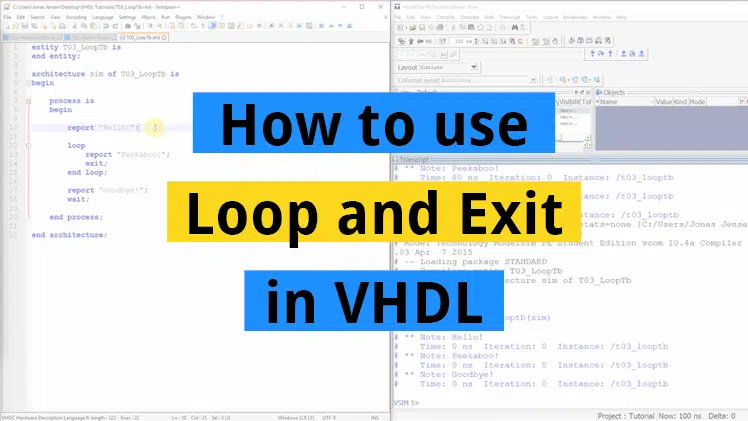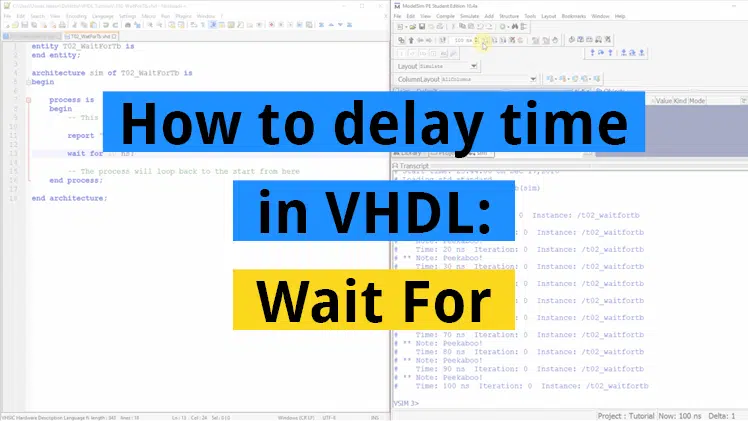How to use conditional statements in VHDL: If-Then-Elsif-Else
In the previous tutorial we used a conditional expression with the Wait Until statement. The expression ensured that the process was only triggered when the two counter signals where equal. But what if we wanted the program in a process to take different actions based on different inputs? The If-Then-Elsif-Else statements can be used to…










